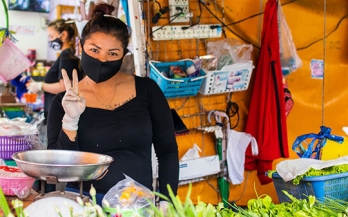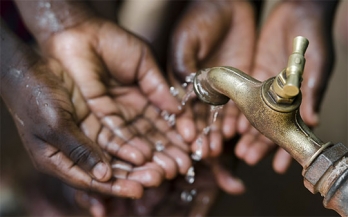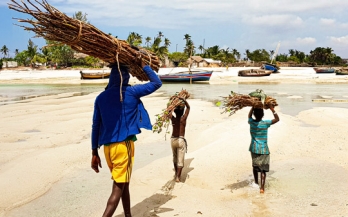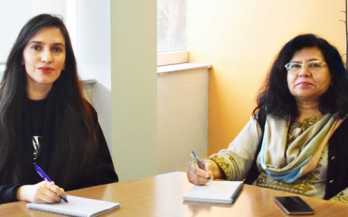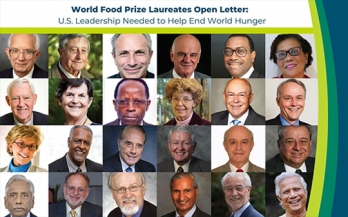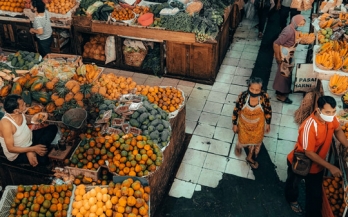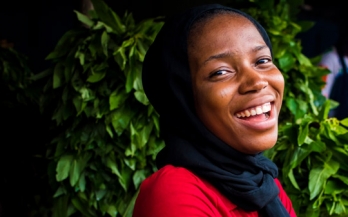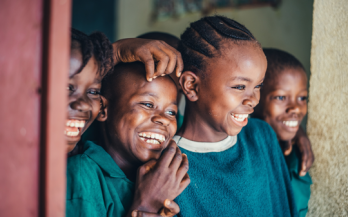Unsafe food and malnutrition can be twin threats to consumer health and create hurdles to achieving food security for consumers. Yet addressing these twin threats is vital to meet the United Nations’ Sustainable Development Goal 2, a bold call to end hunger and all forms of malnutrition by 2030.
Water is often described as a precious commodity, but it is so much more than that. It enables and sustains life. In households, schools and workplaces. Water can mean health, hygiene, dignity and productivity. In cultural, religious and spiritual places, water can mean a connection with creation, community and oneself. In natural spaces, water can mean peace, harmony and preservation.
According to the Cost of Hunger in Africa (2017), Mozambique loses approximately 10.9% of its annual GDP (1.6 billion Dollars) due to chronic malnutrition. It is therefore urgent that all sectors converge and identify solutions to mitigate the negative impacts of malnutrition.
We girls wore different clothes to the boys, I was sent to a girls’ school while my brother was sent to a boys’ schools. Although I did not like it, I was told this is the way the world was, and girls and boys have to go to separate institutions.
When I was a young woman commuting for work on public transport, I faced daily sexual harassment.
Until every child in the world goes to bed nourished properly, we cannot rest. Our food systems are moving us in the wrong directions: hunger levels are rising, undernutrition levels are at severe risk of rising, obesity is increasing, we are off track to meet climate targets, biodiversity is being squandered, not enough decent jobs are being created and community resilience is being undermined.
Food systems are notoriously complex. Many actors are involved, from subsistence farmers through to multinational corporations with more economic power than many small nations, and from informal ambulant vendors through supranational bureaucracies.
I love academic papers that use evidence to try and shift stubborn policy perspectives, especially when those policy perspectives seem to be holding back development and hunger reduction. So, it is no surprise that I like the recent paper by Liverpool-Tasie et al. (2020) on persistent myths that are held about African food supply chains.
Access to fortified foods for infants and young children can be difficult, especially for low-income families. Having worked in different civil society organisations, I see how powerful the partnerships the Global Alliance for Improved Nutrition (GAIN) has with the market-based actors. Through public-private engagements, we work to increase the access to and create the demand for nutritious food for caregivers to give to their children. Placing extra attention on affordability makes my work extra meaningful.
The calendar is about to turn the page over to a new year and that new year brings hope for a world currently gripped by a pandemic that has wreaked havoc for months. COVID-19 has made 2020 the year we wish we could forget but never will. With the roll-out of
vaccines, the end of the pandemic and its related global disruptions seem to be in sight. But not everyone will be able to breathe a sigh of relief.
As we draw to the end of 2020, COVID-19 rages on; hunger numbers are on the increase; and we are not on track to meet the 1.5C Paris target to limit global warming. According to the Johns Hopkins COVID-19 Dashboard, 72 million people have been infected with the novel coronavirus and 1.7 million have died. And counting. According to the IMF, the measures taken to combat the virus have led to GDP declines of around 4-10%, depending on the country.
